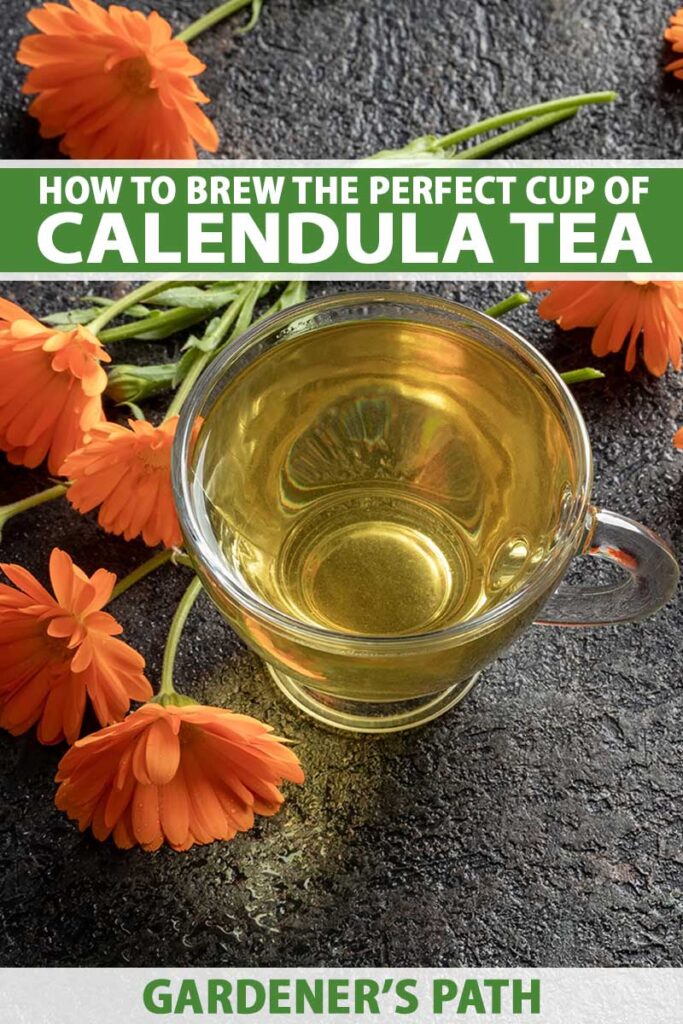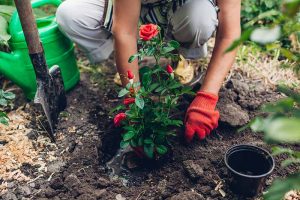Calendula, Calendula officinalis, aka pot marigold, is an annual flowering herb in the aster family that’s suited to cultivation in USDA Hardiness Zones 2 to 11.

We link to vendors to help you find relevant products. If you buy from one of our links, we may earn a commission.
Once the “poor man’s saffron” of Medieval Europe used to flavor savory potted dishes, calendula is a beneficial botanical with various culinary and medicinal uses.
In our guide to growing calendula, we provide all you need to know to grow it in your outdoor living space.
This guide zeroes in on harvesting blossoms and making a refreshing and restorative tea with them.
Here’s what we’ll cover:
What You’ll Learn
Calendula Cultivation
Daisy-like calendula may be gold, orange, or red, with a row of petal-like rays surrounding a compact central disc of tiny florets.
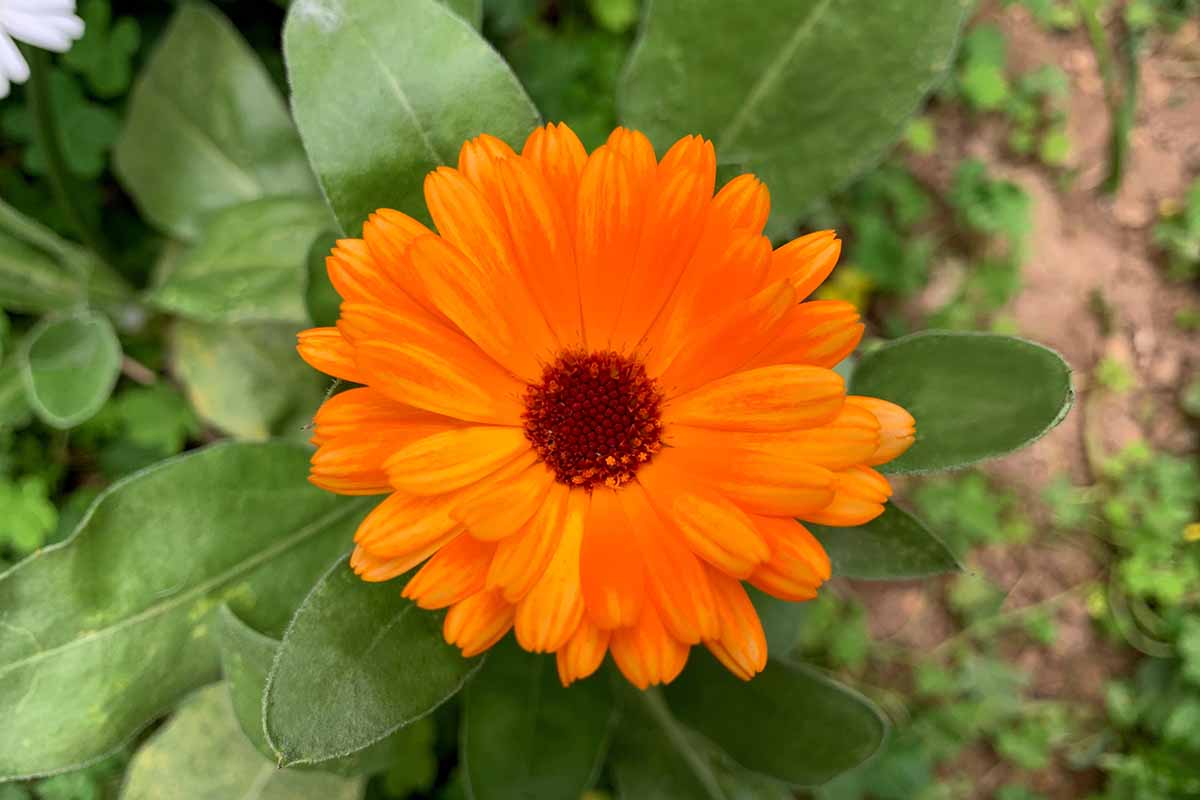
It blooms throughout the summer in filtered sunlight to part shade, with moderate moisture and organically-rich, well-draining soil.
Expect 50 to 60 days to maturity and plant dimensions nine to 24 inches tall and 12 inches wide.
A good garden companion, calendula attracts bees, butterflies, hoverflies, and parasitic wasps, beneficial insects that contribute to pollination and diversity in the landscape.
Maintenance consists of pinching back leggy stems to preserve a compact form and deadheading to encourage optimal blooming throughout the growing season.
How to Harvest the Flowers
The best time to pick the flowers is in the late morning after the dew has dried and before the sun is high.
Choose flowers that are three-quarters of the way open for the best flavor. Avoid those with blemishes or malformations, as they may suffer from pests or diseases.

You’ll need a gathering vessel and clean scissors.
Snip off each flower stem above a pair of leaves so you have stems to hold on to, allowing the remaining stems to regrow and bloom again. Lay the stems in your basket.
Pick enough for your immediate needs or extra to dry and store for future use.
Drying and Storing Tips
If you have an abundance of blooms and want to keep them for use at a later date, you can dry and store them.
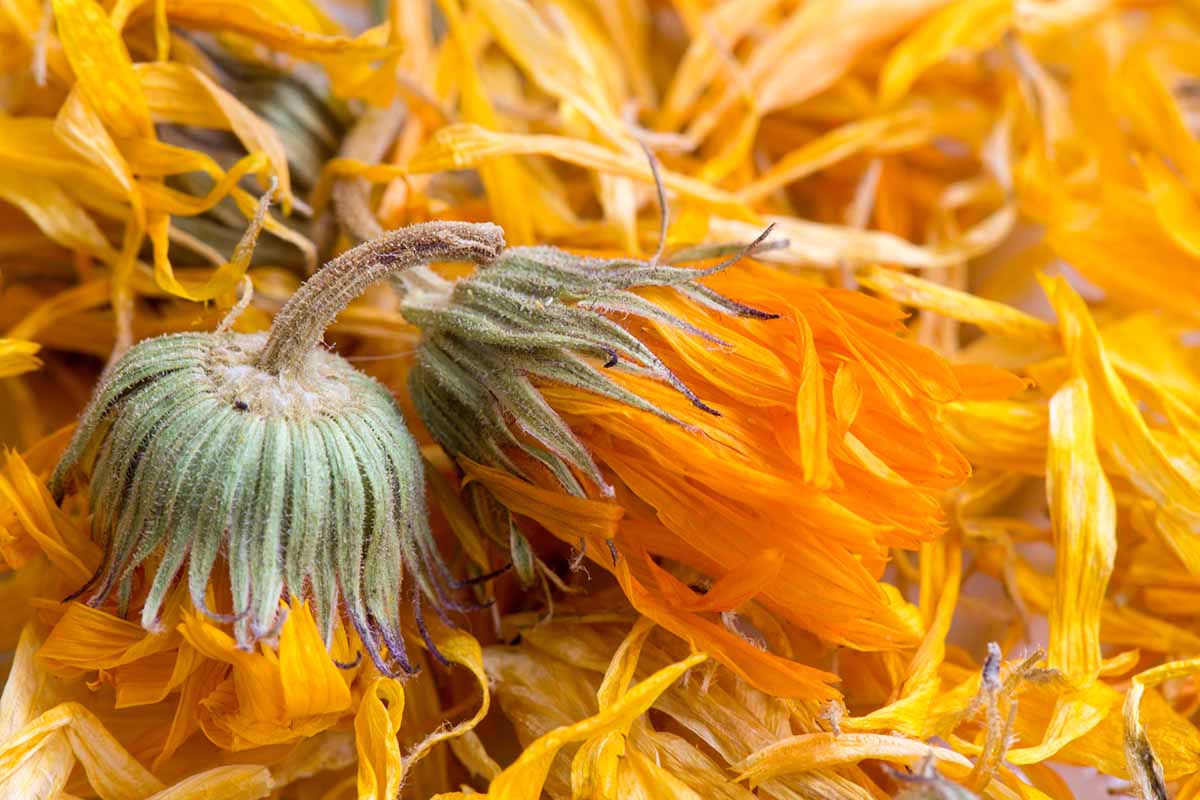
Here’s how:
Fill a medium-sized bowl about halfway with clean, cold water.
Grasp several stems, turn them upside down, and swish the blossoms in the water to rid them of debris and insects. Gently shake off excess water over the bowl. Change the water periodically to keep it fresh.
Snip the stems off beneath the base or involucral bract. Discard the stems.
Lay the blossoms face down in a single layer on linen or paper towels.
When all are clean and snipped, remove them from the towels and spread them face down in a single layer on clean screens or baking cooling racks that let air circulate around them.
Place the racks in a cool, dry location away from direct sunlight, where they can remain for a week or more while the blossoms dry completely. During this time, some petals will detach, and that’s okay.
When completely dry, inspect for signs of mold, like wetness and black or white discoloration. Discard those affected.
Store the dry blossoms in clean, dry glass jars with tight-fitting lids.
Place the jars in a dark, dry cupboard for up to a year.
Tea Time
Once you’ve harvested the flowers, you can make delicious hot or iced tea with a pleasantly sweet fragrance and robust peppery nuances.
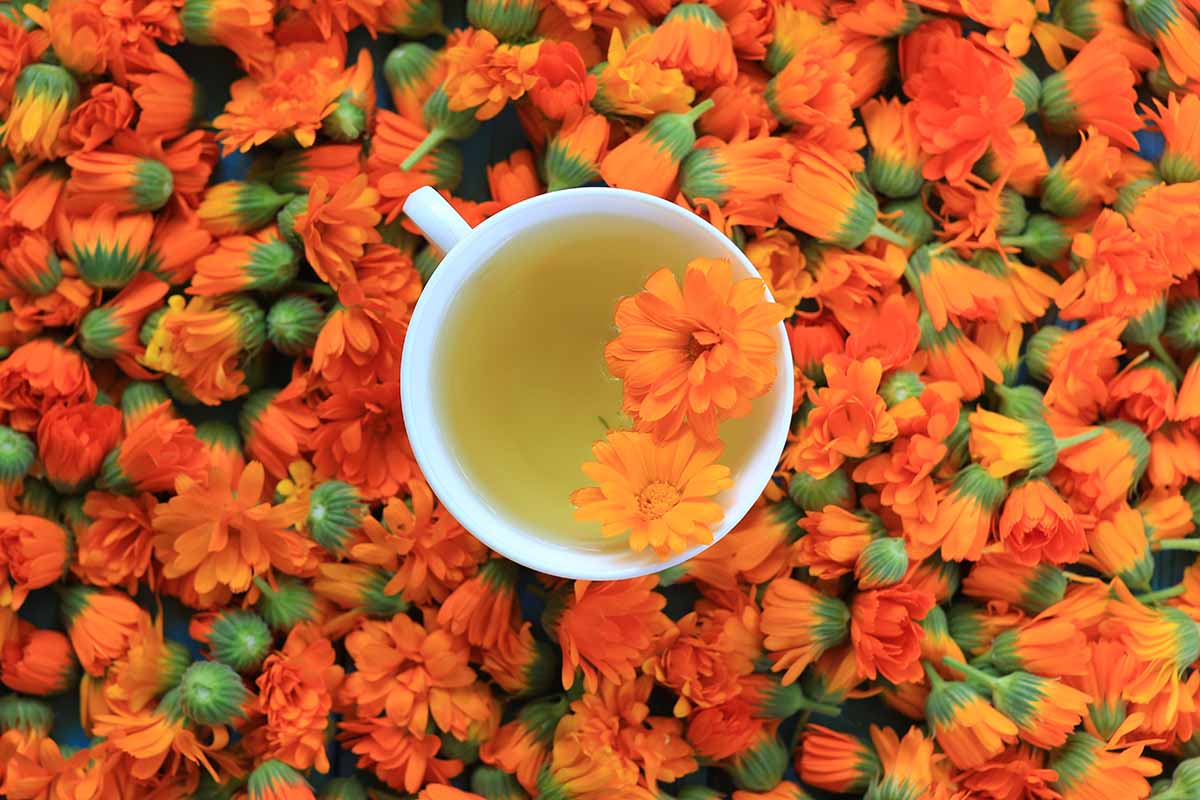
For one cup, you’ll need:
- A strainer, infuser, teapot with a strainer spout, or sachets
- Boiling water
- Fresh or dry flowers
- Liquid measuring cup
- Measuring spoons
- One-cup mug
Here’s what to do:
- Bring one cup of water to a rolling boil.
- Measure three to six grams of fresh or dried blossoms.
There are some choices for steeping:
- Place the flowers in the liquid measuring cup, pour the boiling water over them, steep, and pour the tea through the strainer and into your mug.
- Put the flowers into an infuser or sachet, place the infuser or sachet into your mug, pour the boiling water in, and steep.
- Place the loose flowers into a teapot that has a strainer spout, add the boiling water, steep, and fill your mug.
For whichever method you choose, steep the flowers for 10 minutes and serve with no petal fragments.
Here’s how to make a pitcher of iced calendula tea:
- Boil six cups of water in a two-quart pot.
- Put three to six grams of fresh or dry flowers in another two-quart pot.
- Pour the boiling water over the blooms.
- Steep for 10 minutes.
- Pour the tea through a strainer and into an eight-cup pitcher.
- Cool it to room temperature.
- Fill an ice cube tray with tea and freeze it.
Put the pitcher with the remaining tea in the refrigerator.
Add the ice to the pitcher, or individual glasses, just before serving.
Serve iced with a sprig of your favorite mint.
Easy as One-Two-Three
When you grow C. officinalis, you can have a summer-long supply of an herbal beverage made with a flower that studies show to be antibacterial, antiviral, anti-inflammatory, anti-tumor, and endowed with antioxidant properties.
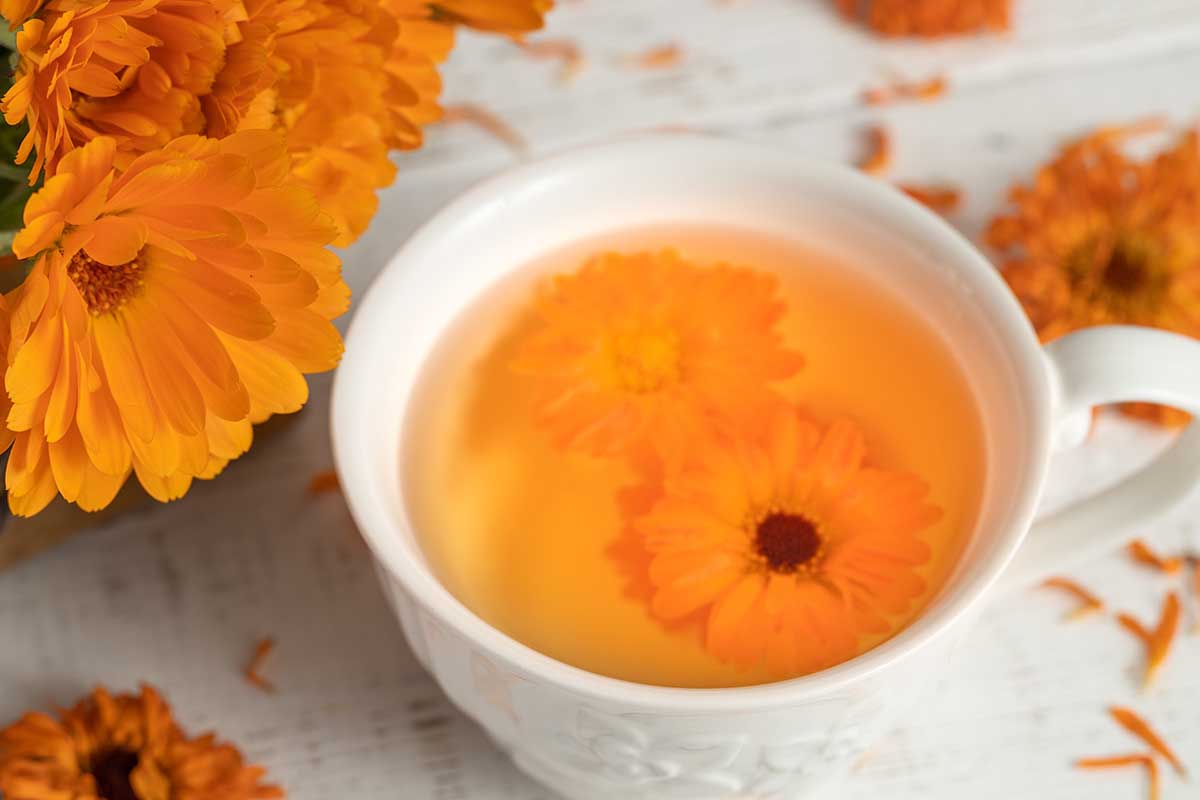
Preparation is as easy as one-two-three: harvest, wash, and steep in boiling water. Just like that, you have a homegrown, home-brewed, refreshing, and restorative beverage.
And don’t forget to dry and store blossoms by the jarful to have on hand for soothing those inevitable winter sniffles.
Put the kettle on! Calendula tea awaits!
Do you grow this herb in your garden? Tell us about it in the comments section below.
If you enjoyed reading this guide and want to learn more about calendula, we suggest reading the following guides next:
